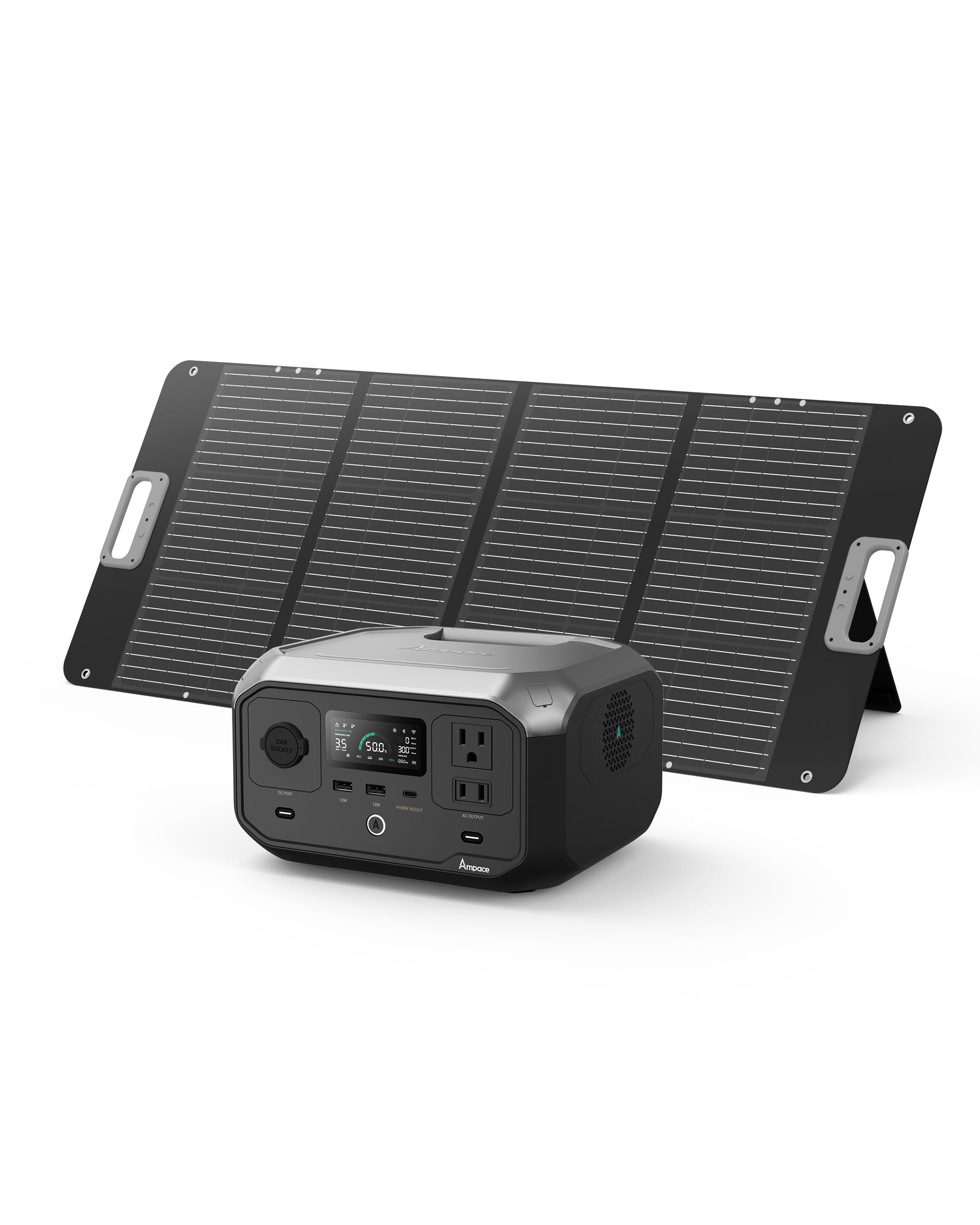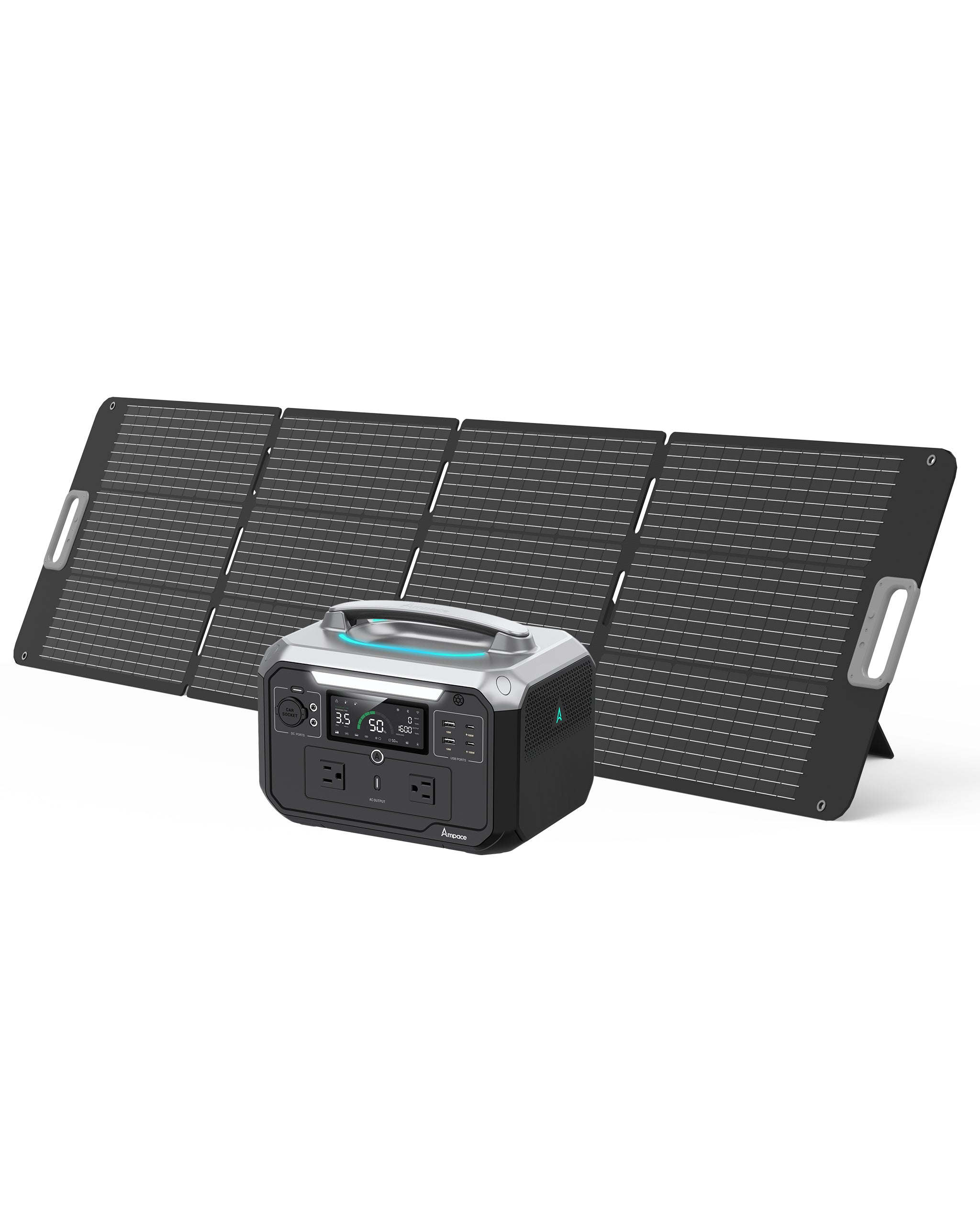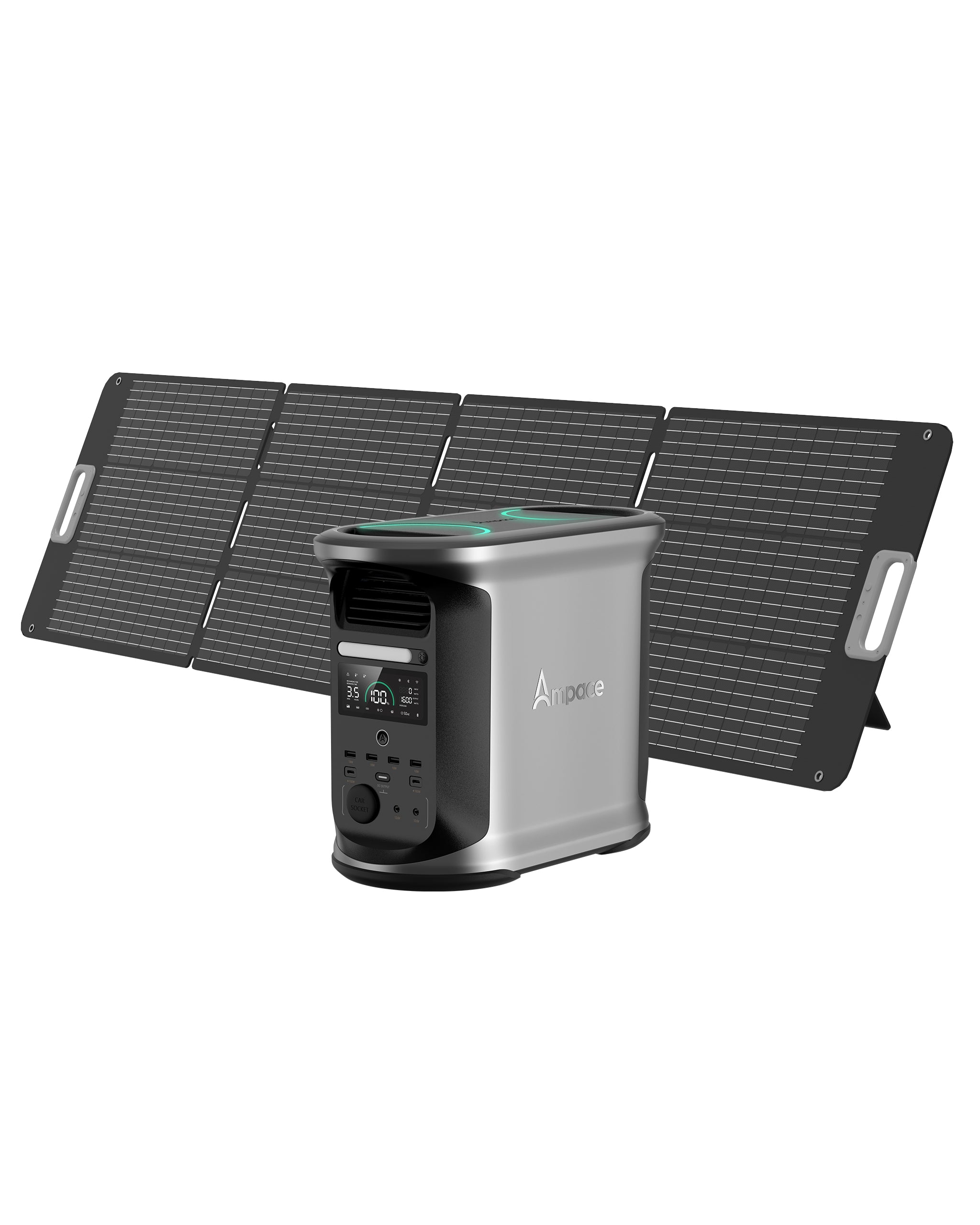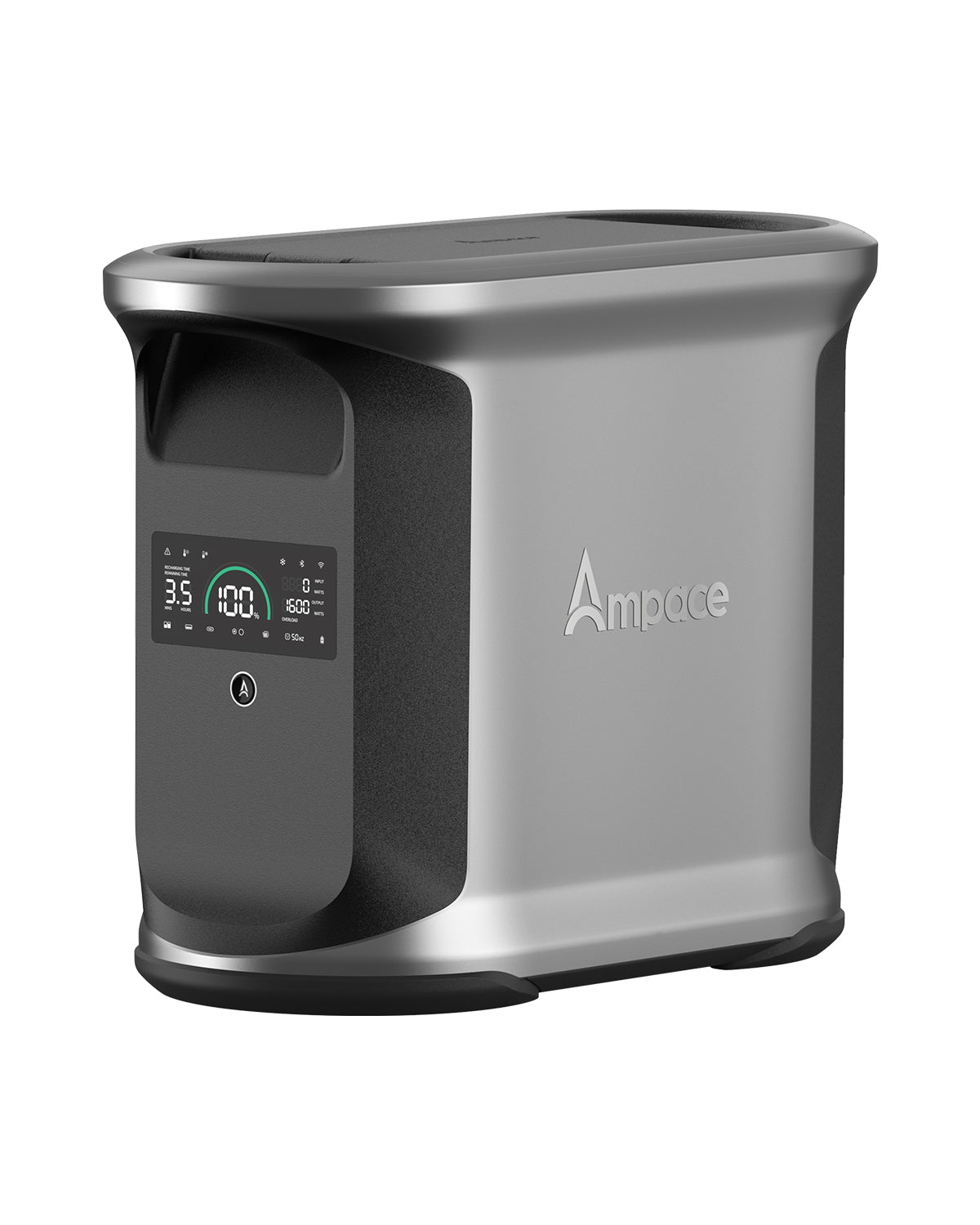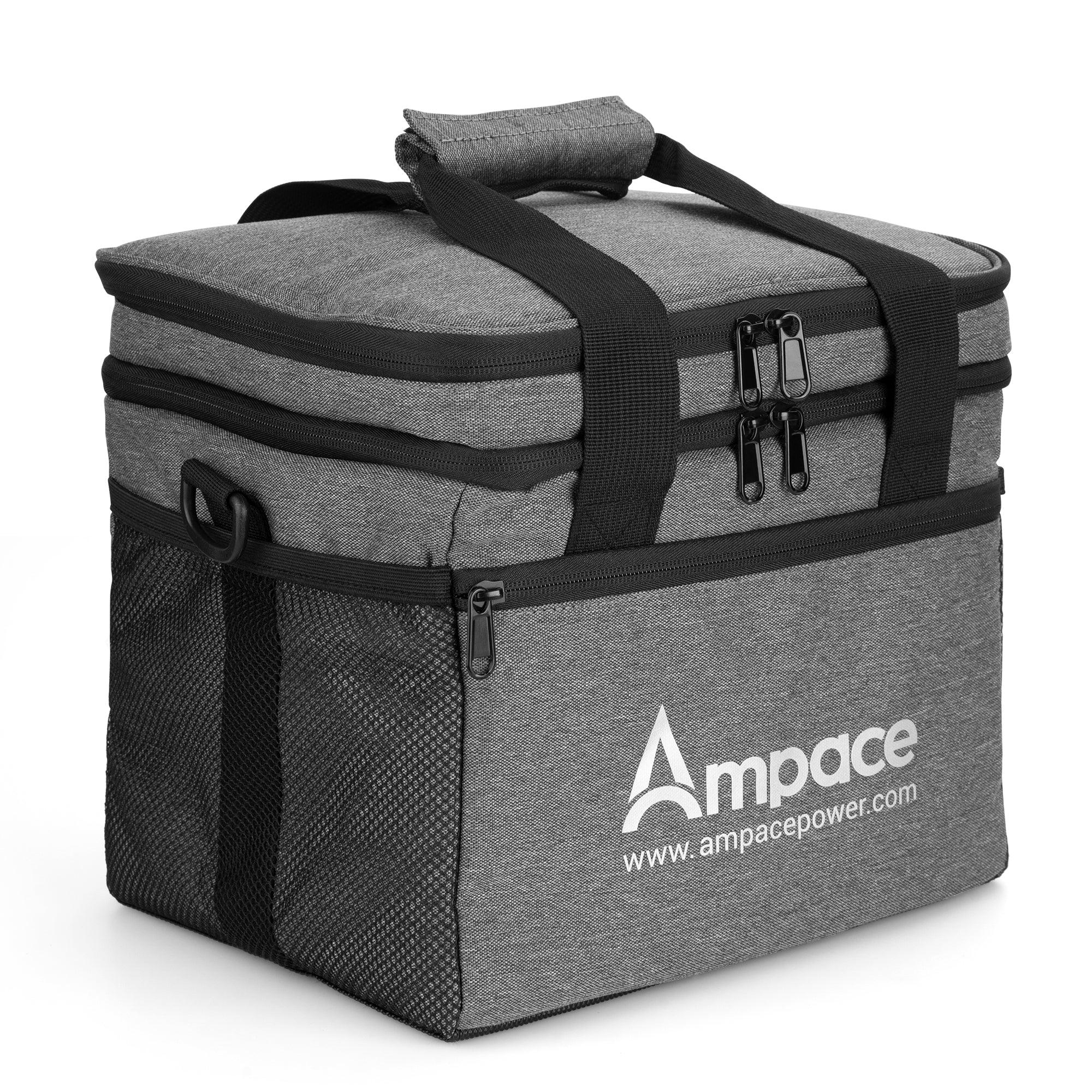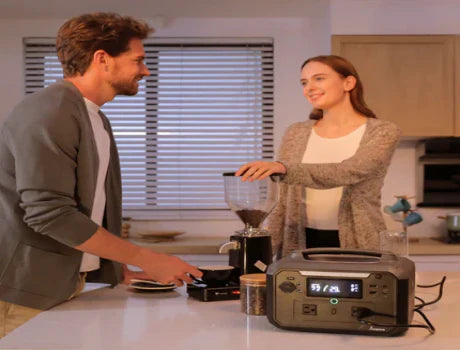Comprehensive Guide to Flood Preparedness in the USA
Floods are among the most common and destructive natural disasters in the United States, causing significant property damage and posing risks to personal safety. This guide explores the causes of floods, where they can occur, the types of floods, recent flood events in the USA, how to check your flood zone, and practical steps to prepare your home.

What Causes Floods?
Floods occur when water overflows onto land that is typically dry, often due to excessive water input or disrupted drainage systems. Common causes include:
- Heavy Rainfall: Prolonged or intense rain can overwhelm rivers, streams, and drainage systems, leading to overflow.
- Snowmelt: Rapid melting of snow, especially in spring, can increase water levels in rivers and streams.
- Storm Surges: Coastal storms, hurricanes, or tsunamis can push seawater inland, flooding coastal areas.
- River and Dam Overflows: Excessive water flow or structural failures in dams can lead to flooding downstream.
- Urban Development: Impervious surfaces like pavement prevent water absorption, increasing runoff and flood risk.
- Climate Change: Rising sea levels and more frequent extreme weather events exacerbate flooding risks.
Where Floods Can Strike
You might think floods are just for coastal cities or river towns, but the reality is broader. The National Weather Service says it best: “Where it can rain, it can flood.” Coastal areas like Florida or Louisiana face storm surges, but inland regions aren’t safe either. Arkansas saw this in April 2025, when storms turned communities into lakes. Even hilly areas can face flash floods, where water races through canyons or small streams in minutes. Urban areas, with their concrete-heavy landscapes, often can’t drain fast enough during heavy rain.
Flood-prone spots include:
- Coastal Zones: At risk from hurricanes and rising seas.
- River Basins: Like the Mississippi, where overflows are common.
- Urban Centers: Poor drainage systems lead to pooling water.
- Low-Lying or Hilly Areas: Prone to pluvial or flash floods.

The Many Faces of Floods
Floods aren’t one-size-fits-all—they come in different forms, each with its own challenges. Imagine a sudden torrent turning a city street into a river in hours; that’s a flash flood, like those that hit the Midwest in July 2025. Or picture a river slowly spilling over its banks after days of rain, lingering for weeks. Coastal floods, urban floods, and even rare dam failures all bring unique threats. Knowing the type of flood you might face helps you prepare smarter.
Here are the key types to understand:
- Flash Floods: Fast and furious, triggered by heavy rain, often in urban or hilly areas.
- River Floods: Slow-building, caused by prolonged rain or snowmelt, affecting river valleys.
- Coastal Floods: Driven by storm surges or tsunamis, hitting shorelines hard.
- Urban and Pluvial Floods: Caused by poor drainage or surface water in cities and flat areas.
- Dam/Levee Failures: Rare but catastrophic, releasing massive water flows.
Recent Flood Events in the USA
Recent flooding events highlight the ongoing risk across the United States:
July 2025, Texas: Severe flash flooding struck Texas on July 4, 2025, causing significant property damage and prompting widespread emergency responses. The event underscored the need for preparedness during hurricane season.
July 2025, Midwest: Flash flooding occurred from northeast Kansas to Indiana due to heavy rains, with scattered instances reported. These events disrupted communities and infrastructure.
April 2025, Arkansas: Severe storms led to widespread flooding, affecting homes and businesses. The Arkansas Department of Emergency Management reported extensive damage, emphasizing the importance of flood insurance and preparedness.
These incidents reflect the diverse and frequent nature of flooding, driven by seasonal weather patterns and climate variability.

Know Your Risk: Checking Your Flood Zone
Before a flood catches you off guard, find out if your home is in harm’s way. Start with FEMA’s Flood Map Service Center online—enter your address to see if you’re in a high-risk zone (like Zone A or AE), moderate-risk (Zone B), or lower-risk (Zone X). But maps aren’t the whole story. Floods can hit anywhere, so check with your local emergency management office for specifics on flash flood or landslide risks. If you’re in a high-risk area, flood insurance through the National Flood Insurance Program (NFIP) is a must, and it takes 30 days to activate, so don’t delay.
Here’s how to get started:
- Use FEMA’s Tools: Visit the Flood Map Service Center or National Risk Index for risk details.
- Contact Local Authorities: Get insights on local flood patterns or vulnerabilities.
- Plan for Insurance: Secure an NFIP policy to cover flood damage, as standard homeowner’s insurance won’t.
Building a Flood-Ready Home
When flood warnings light up your phone, a prepared home can be your stronghold. Think of it like battening down the hatches before a storm. Elevate appliances like your furnace or water heater above your area’s flood level to keep them dry. Install a sump pump with a battery backup to fight rising water, and consider backflow valves to block sewage. Outside, secure fuel tanks and tie down loose items like patio furniture to keep them from floating away. Stock an emergency kit with essentials—food, water (a gallon per person and pet daily), medications, and a NOAA weather radio—for at least three days, or two weeks in high-risk areas.
Power outages often come with floods, and that’s where an Ampace Portable Power Station steps in. These devices, like the Andes 600 Pro or Andes 1500, can keep your fridge running, charge your phone, or power medical equipment. With up to 6kWh capacity and solar charging options, they’re versatile for home or evacuation. Here’s why they’re a game-changer:
- Reliable Power: Run critical devices during outages, from radios to refrigerators.
- Portable and Flexible: Compact for storage or travel, with AC and solar charging.
- Emergency Ready: Keep communication tools or medical devices operational.
With these steps, your home becomes a safer haven when waters rise.
After the Flood: What to Do in the First Week
When the floodwaters retreat, dangers can still linger. The first week is critical for staying safe, preventing further damage, and beginning recovery. Here's what to focus on:
- Stay out of floodwater: It may contain sharp debris, chemicals, or live wires.
- Avoid using utilities: Wait for professionals to inspect gas and electrical systems.
- Dry your home quickly: Mold can start growing within 48 hours.
- Boil or treat tap water: Unless authorities say it’s safe.
- Document damage: Take photos before cleanup for insurance claims.
- Use power stations safely: Keep your Ampace unit dry and elevated during use.
Powering Through with Ampace
An Ampace Portable Power Station is a critical lifeline when floods disrupt the power grid.
Ampace Andes 1500
The Andes 1500 delivers 2,400W continuous power (3,600W surge) with a 1,462Wh LiFePO4 battery, powering essentials like refrigerators or medical devices for hours. Its 13 ports (AC, USB-C, car outlets) support multiple devices, and it recharges in 55 minutes via AC or 3-5 hours with up to 600W solar panels. Built for extreme conditions (-20°C to 45°C), with a smart app for remote monitoring, it’s ideal for home backup or off-grid flood recovery.

Ampace Andes 600 Pro
The compact Andes 600 Pro offers 600W continuous power (1,800W surge) with a 584Wh LiFePO4 battery, charging smartphones (~30 times) or laptops (~7 times). With 9 ports (AC, USB-C, DC), it’s perfect for short outages or evacuation. It charges to 80% in 1 hour via AC or 3-5 hours with 200W solar panels. Weighing 16.8 lbs, with an LED flashlight and app-controlled lights, it ensures portability and visibility in flood conditions.






